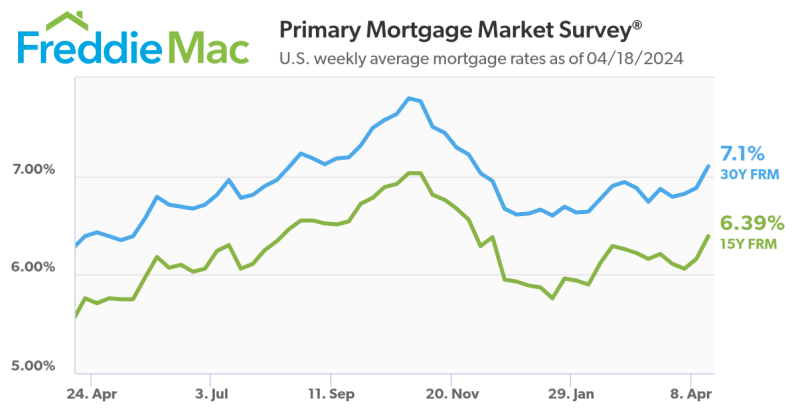Advertisement
Cash Out Volume Hits 16-Year Low

Freddie Mac has released the results of its Q4 refinance analysis showing that homeowners who refinance continue to strengthen their fiscal house. In the fourth quarter of 2011, 85 percent of homeowners who refinanced their first-lien home mortgage either maintained about the same loan amount or lowered their principal balance by paying-in additional money at the closing table, a 26-year high. Of these borrowers, 37 percent maintained about the same loan amount, and 49 percent of refinancing homeowners reduced their principal balance; this latter percentage reflecting "cash-in" borrowers was the highest in the 26-year history of the analysis.
"The typical borrower who refinanced reduced their interest rate by about 1.4 percentage points," said Frank Nothaft, Freddie Mac vice president and chief economist. "On a $200,000 loan, that translates into saving $2,700 in interest during the next 12 months."
Borrowers who cashed-out, or those who increased their loan balance by at least five percent, represented 15 percent of all refinance loans, the lowest percentage in the 26 years of analysis; the average cash-out share during the 1985 to 2010 period was 46 percent.
The median interest rate reduction for a 30-year fixed-rate mortgage (FRM) was about 1.4 percentage points, or a savings of about 26 percent in interest rate. Over the first year of the refinance loan life, the median borrower will save about $2,700 in interest payments on a $200,000 loan.
"Savvy homeowners are taking advantage of some of the lowest fixed-rates in more than 60 years to lock in interest savings," said Nothaft. "Fixed-rate mortgage rates hit new lows during December, with 30-year product averaging 3.96 percent and 15-year averaging 3.25 percent that month, according to our Primary Mortgage Market Survey."
The net dollars of home equity converted to cash as part of a refinance, adjusted for inflation, was at the lowest level in 16 years (since the third quarter of 1995). In the fourth quarter, an estimated $5.5 billion in net home equity was cashed out during the refinance of conventional prime-credit home mortgages, down from $5.6 billion in the third quarter and substantially less than during the peak cash-out refinance volume of $83.7 billion during the second quarter of 2006.
Among the refinanced loans in Freddie Mac's analysis, the median value change of the collateral property was a negative four percent over the median prior loan life of almost four years. In comparison, the Freddie Mac House Price Index shows about a 23 percent decline in its U.S. series between September 2007 and September 2011. Thus, borrowers who refinanced in the fourth quarter owned homes that had held their value better than the average home, or may reflect value-enhancing improvements that owners had made to their homes during the intervening years.
Of the 10 largest metropolitan areas, the share of "cash-out" borrowers has fallen in all areas, with Detroit and Miami experiencing the largest declines. The "cash-in" share was up sharply in the U.S. and in all ten large metropolitan areas. Median house values on refinance loans have declined in all 10 areas, with the sharpest declines in Detroit and Miami.
About the author





